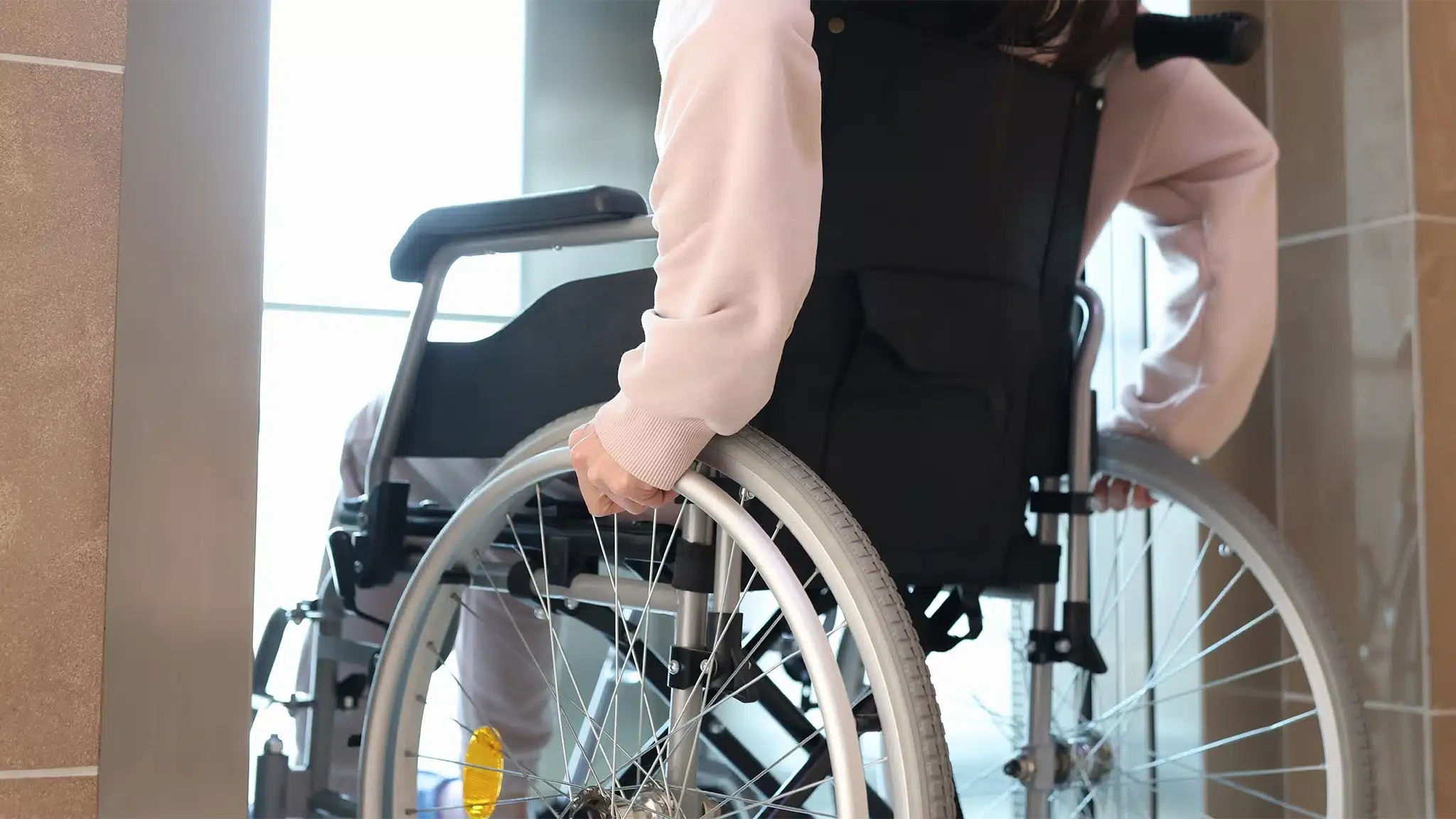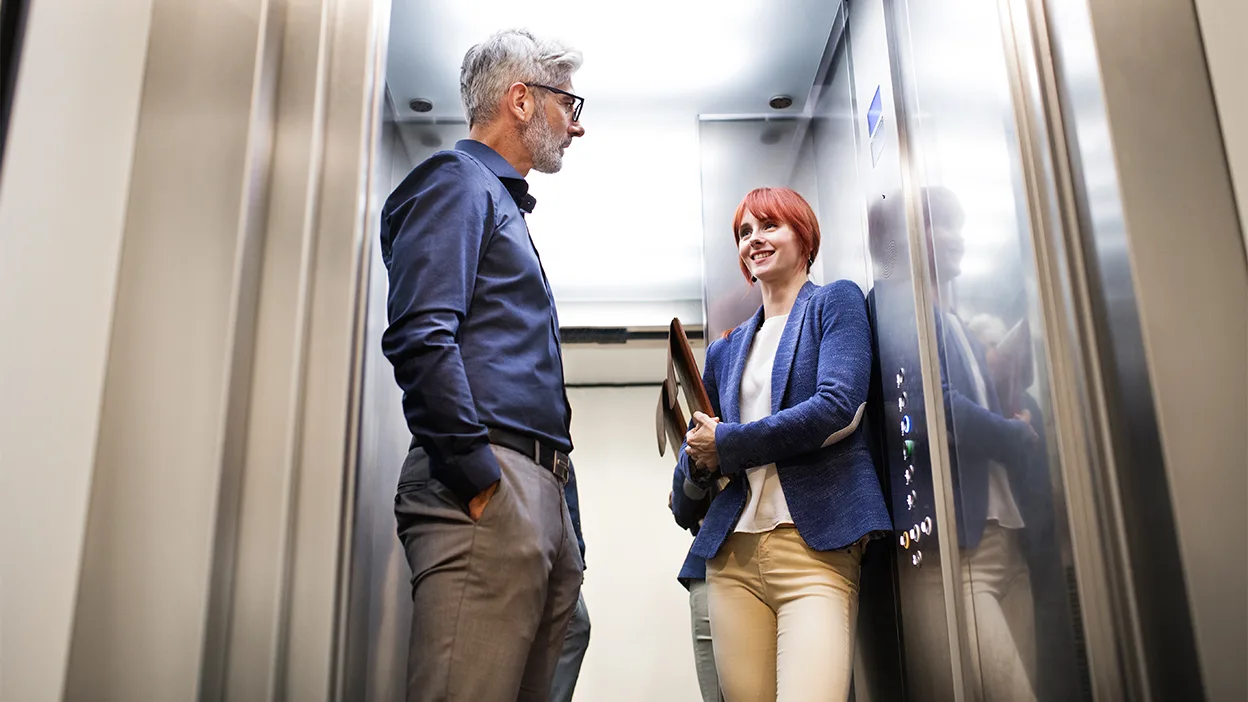
How Long Does it Take to Fix an Elevator?
On one rainy morning, you’re already running late for work. As you rush through the door ...
read article

Elevators are more than just a convenience in multi-story buildings; they are a critical component in ensuring accessibility for people with disabilities. The Americans with Disabilities Act (ADA) requires public buildings to be accessible to everyone, and elevators play a key role in fulfilling this mandate. At Island Elevator, we are committed to helping building owners and managers ensure that their elevators meet ADA standards, providing equal access and independence to all users.
The ADA was enacted in 1990 to prevent discrimination against individuals with disabilities, ensuring equal opportunity in public accommodations, employment, transportation, and more. For elevators, this means providing features that accommodate users with a range of disabilities, including mobility impairments, visual impairments, and hearing impairments.
ADA-compliant elevators include several design features and technologies to ensure accessibility:
Braille buttons and audible signals: Elevators must have Braille characters alongside regular floor numbers on buttons, as well as audible signals to announce the passing of floors and the arrival at a floor.
Adequate size and door opening time: Elevators must be large enough to accommodate wheelchairs, with doors that remain open long enough for easy entry and exit.
Handrails: Elevators should have handrails on at least one wall to assist passengers who need support while riding.
Non-compliance with ADA standards can lead to significant legal and financial repercussions. Building owners and managers may face lawsuits or fines if their facilities do not meet accessibility requirements. Ensuring that your elevators comply with ADA standards protects you from these risks and demonstrates a commitment to fairness and inclusivity.
An ADA-compliant elevator system enhances the functionality of a building and its appeal to a broader range of tenants and visitors. Compliance is not only about meeting legal requirements but also about improving the user experience for everyone. Buildings that prioritize accessibility are often viewed more favorably, which can translate into higher occupancy rates and increased property values.
Island Elevator specializes in ensuring that your elevator installations and modifications meet all ADA requirements. Our team is well-versed in the specific needs and legal requirements for accessibility and can guide you through the process of achieving compliance.
We understand that each building is unique, and so are its elevator needs. Island Elevator offers customized solutions that address the specific challenges and requirements of your facility. Whether it’s a new installation or upgrading an existing system, we ensure that your elevators provide safe and reliable service to all users.
Maintaining ADA compliance is an ongoing process. Island Elevator provides regular maintenance and inspections to ensure that elevator features remain operational and compliant over time. Our proactive service helps prevent accessibility issues before they arise, ensuring continuous compliance and satisfaction.
At Island Elevator, we believe that accessibility should be a standard, not an option. Our expertise in ADA-compliant elevator solutions ensures that your building meets the necessary standards for accessibility, safety, and efficiency. By investing in ADA compliance, you invest in inclusivity and ensure that your building is welcoming to all.
For more information on how we can help make your elevators ADA-compliant, contact Island Elevator today contact Island Elevator today at (631) 491-3392 or customerservice@islandelevator.com. Together, we can create accessible environments that empower every individual.

On one rainy morning, you’re already running late for work. As you rush through the door ...
read article

Hydraulic elevators are a popular choice in low- to mid-rise buildings across Long Island ...
read article

For over 10 years, Island Elevator has proudly served Long Island ...
read article
get a free estimate